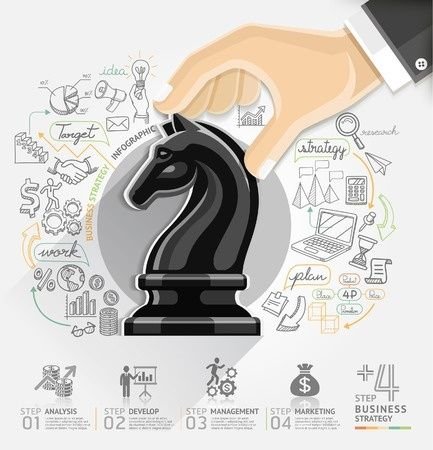The appeal of the case method
The Case Method is an educational method that became famous in Japan with the "Harvard White Heat Classroom." The case method is a method in which the instructor and the students interact with each other (although the official name for the method is "case method," we tend to call it "case study"). It has been fully adopted in MBA education around the world. In Japan as well, many business schools have adopted this educational method, and Professors Haruo Takagi and Shinichi Takeuchi are considered to be the foremost practitioners of the case method in Japan.
The case method practiced in MBA education allows students to acquire the correct approach to differing problems by reliving the decision-making faced by case protagonists (e.g., the manager of the case company) in actual business from their own perspective. In other words, the goal is not to acquire knowledge but to broaden the worldview and perspective of the practitioner by pursuing participant-centered learning experiences, such as independent discussions and role-playing among the participants.
Preparation for participants
In the case method, a 20-30 page case is distributed by the instructor before the start of the class usually consisting of the case text (teaching material) and assignments. Each case always has a protagonist, and participants are expected to prepare their own thoughts on the assignments set in advance by the instructor through the perspective of the case protagonist while reading the case.
- Is Department Head A a disqualified or qualified leader? (Leadership)
- Is the investor friend or foe? (Finance)
- Do you agree or disagree with the financial direction of the V-shaped recovery? (Financial Accounting)
- Do you agree with the expansion of stores into the Chinese market? (Business Strategy)
Small group discussion (10%)
In the case method, "group sessions" for all the cases scheduled for the day are held before the class using the aforementioned assignments. This is a time for students to gather voluntarily and prepare for the class by exchanging their preparations for the case assignments, so the instructor does not often intervene, and the activities in this session are not included in the grading. The important point is that this is a time for participants to speak freely and "teach each other" using the case as common information, not a time to prepare for a presentation.
Class, large group, or plenary discussion (60%)
In the case method, when the cold call is over, a faculty-led class discussion begins. The class is not a place for students to make presentations. This is not a question to the instructor, but a valuable opportunity for students to express their ideas to the entire class, and their grades are based on the content of their comments.
Cold call
In the case method, cold calling is sometimes used. This is a system in which the instructor asks one student a question about the case at the start of the class discussion. This is a method used by business schools around the world, including Harvard Business School, to start the class, and ensures that students are thoroughly prepared for the class. If a student skips the assignment, he or she is considered not to have contributed to the class.
Last but not least, there are the following implicit rules in the case method:
1. There is no right or wrong answer
2. Statements are made to the entire class
3. Your contribution to the class is reflected in your grade
In MBA education, the strength of the case method is in establishing precedents from teaching materials and to enhance perspectives by experiencing through identification with actors in specific situations. The most important thing for those who learn and teach using the case method is not to seek a single correct answer.
Lecture (30%)
The lecture is the part of the course where the instructor provides supplementary explanations related to the content discussed in class. The quality of the case discussions is improvisational and live, so naturally the content on the board will never be the same. Also, it is impossible to cover an entire academic field in a few cases. This is why these supplementary lectures exist. The lectures may be given before or after the class discussion, with the latter being the norm in most cases.

 Brochure
Brochure
 Information Session
Information Session
 Online Application
Online Application
 MBA Basics
MBA Basics














